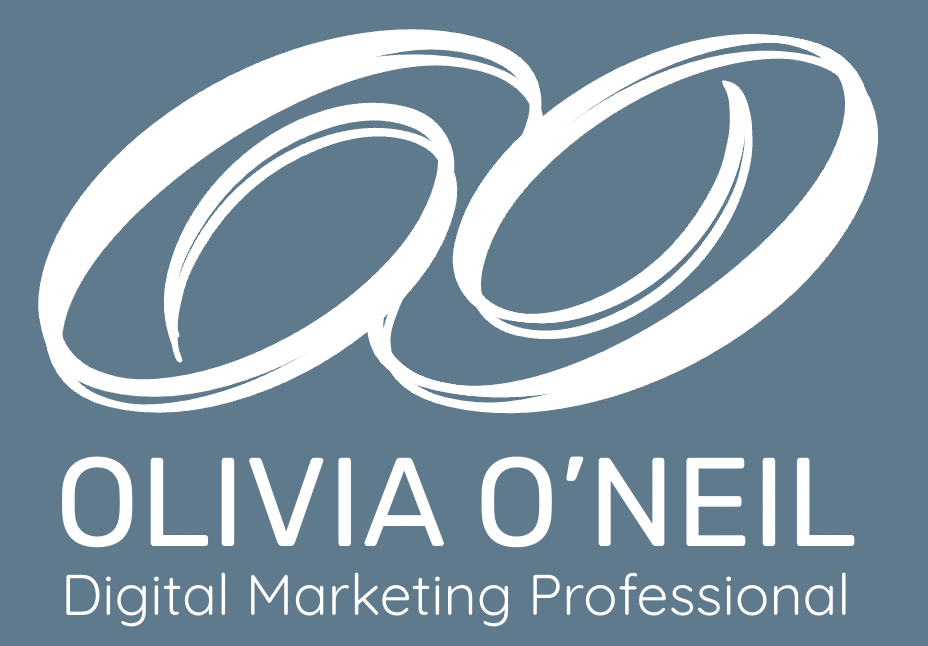Content Strategy Report for HealthReach
A comprehensive content strategy report that outlines the strategic approach to redesigning the HealthReach Community Health Centers (HRCHC) website.
Descriptions
Goals
The HealthReach Community Health Centers (HRCHC) website redesign addressed major challenges in usability, content organization, and visibility. The existing site lacked a cohesive content strategy, had unclear navigation, and scattered information, making it difficult for diverse audiences to find what they needed. Additionally, inconsistent writing guidelines and weak SEO performance limited engagement, trust, and overall reach.
Develop audience-driven content design to ensure users can easily access relevant information
Improve search visibility through SEO enhancements to connect with target communities
Establish consistent writing style guidelines to strengthen brand voice and readability
Create a metrics and analytics framework to track content effectiveness and guide ongoing optimization
Process
Content Audit & Analysis
The content audit examines a prominent selection of pages from healthreach.org, specifically analyzing SEO elements like page titles, meta descriptions, and HTML headers. Current website content, accessibility, writing, architecture, and social media channels are also investigated. This analysis was carried out using the Screaming Frog SEO Spider and the WAVE accessibility tool SEO Spider is a software tool designed to crawl website URLs, and WAVE is a software tool that evaluates the accessibility of a website.
From this audit, I found that the existing website felt cluttered, with unclear navigation and weak visual hierarchy, making it difficult for users to quickly locate important information. These content gaps obstructed HealthReach’s ability to serve its primary user groups, ultimately impacting the capacity to meet business goals.
User Research
Users & Needs
HealthReach serves a diverse audience, each with distinct needs and priorities. Understanding these needs is essential for shaping the redesigned website’s content, ensuring that every user group receives information and resources tailored specifically to them. Here is the type of content each group might need when using the website:
Prospective & Current Patients & Families
Services offered
Patient portal access
Appointment scheduling
Patient testimonials
Visitor guidelines
Support resources
Businesses & Partners
Partnership opportunities
Community engagement details
Healthcare Workers
Staff resources
Professional development
Charitable Donors
Donation opportunities
Sponsorship information
Job Seekers
Career opportunities
Employee benefits
General Users
Contact information
Location and directions
FAQs
Strategy
Core Strategy Statement
“Create an accessible, engaging, and trustworthy online experience that meets the diverse needs of HealthReach’s audiences while fostering stronger community connections.”
Messaging Framework
First Impression: “I can easily find the information I need, and the content is clear and well-organized."
Value Statement: "This site feels like it’s made for everyone. It’s easy to navigate, and the information is relevant to me."
Proof: "The navigation bar at the top of each page makes it easy for me to find and access the information I am looking for.”
Recommendations
Adopt a Minimalistic Design
Streamline pages by removing unnecessary clutter and focusing on essential content. Keep important information above the fold, space out elements for readability, add engaging imagery, and include clear calls-to-action to encourage user interaction.Enhance Navigation
Redesign the navigation bar for clarity and consistency, avoiding stacked buttons. Organize content using a well-structured sitemap with clearly labeled sections such as Patients, Education, Employment, and About.Establish a Clear Visual Hierarchy
Use design elements like size, weight, and placement to guide attention to priority information. This structured approach ensures users can scan and absorb content effortlessly.
Design
Design & Style
Based on the findings from the content audit and competitive analysis, I created a preliminary site map, wireframes, and a writing style guide to rebuild the website’s structure and style.
Site Map
The information architecture follows familiar health-site patterns, making it intuitive for users so they can quickly locate the key information aligned with their primary goals.
Wireframes
To form the base structure of new pages for the website, three wireframes were created for the homepage, the patient care page, and the education page, which are the key pages of the website. Before designing them, I used a prioritization table that organized key content areas according to their importance to the users and business.
Style Guide
Lastly, I made a style guide to ensure visual consistency and best writing practices for HealthReach’s website. It introduces suggestions for colors, typefaces, and tone of voice that would suit the new website.
Reflections & Next Steps
Through this project, I learned that creating a strong content strategy goes beyond simply redesigning pages. It requires building a sustainable system that ensures consistency, clarity, and engagement. Just as importantly, content must continually align with the organization’s mission while remaining accurate, relevant, and accessible over time.
To successfully implement and maintain the content strategy, HealthReach should:
Select a content management approach that supports long-term scalability.
Assign clear roles and responsibilities for content creation and upkeep.
Establish a workflow for creating, reviewing, and publishing content.
Conduct a full content inventory to evaluate and organize existing material.
Adopt a consistent writing style guide to strengthen brand voice.









